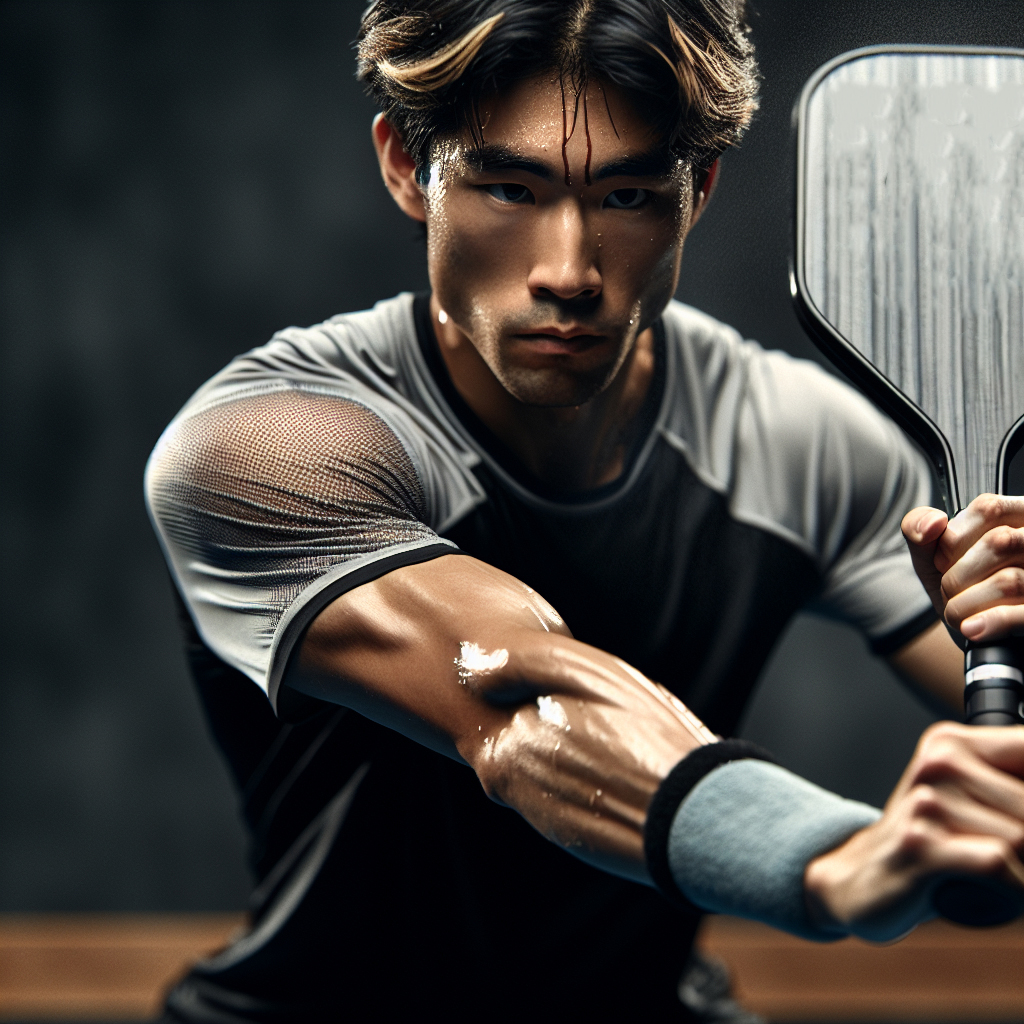Is your pickleball swing choppy? Do you not hit the ball as hard as you want to?
Having a rhythmic swing is your answer. Maintaining a fluid swing from start to finish is essential to increase your power, spin, and timing, maximizing your accuracy and depth control.
I have always been a player (tennis, badminton, platform tennis, and pickleball) who chooses placement and spin over power, until recently. Incorporating a rhythmic swing into my pickleball game was literally a game-changer. I have become a more powerful, consistent, accurate, and confident player.
But pickleball isn’t all about big power, right? So what situations would you want to unleash the full potential of the rhythmic swing?
The third shot drive, the serve and the return, and the swinging volley are situations that can greatly benefit from this technique. For example, if you receive a neutral return, you can add more pace and spin to your drive to take time away from your opponent, forcing them to miss or hit an shorter fourth shot, lining up an easier fifth shot drop for yourself and getting you up to the non-volley zone.
Early paddle preparation is key, not just for the more powerful shots, but any shot in pickleball. As soon as your opponent hits the ball and you recognize what’s coming, your paddle preparation should begin.

Set your paddle first to the side of the body, keeping it above your hand and wrist, adjust your footwork to the ball, and start moving your paddle through a rhythmic swing path maintaining a consistent tempo so you can really whip that ball for topspin and drive through for power in one motion. Generally, for both the forehand and backhand side, you’ll see a rounded pathway on the backswing, creating natural acceleration that won’t overload the smaller muscles in your arm.
You will be surprised how much this process changes the outcome.
Follow us on Facebook and Instagram! And if you haven’t already, get on our email list to get exclusive updates and opportunities at Slate!


Leave a Reply